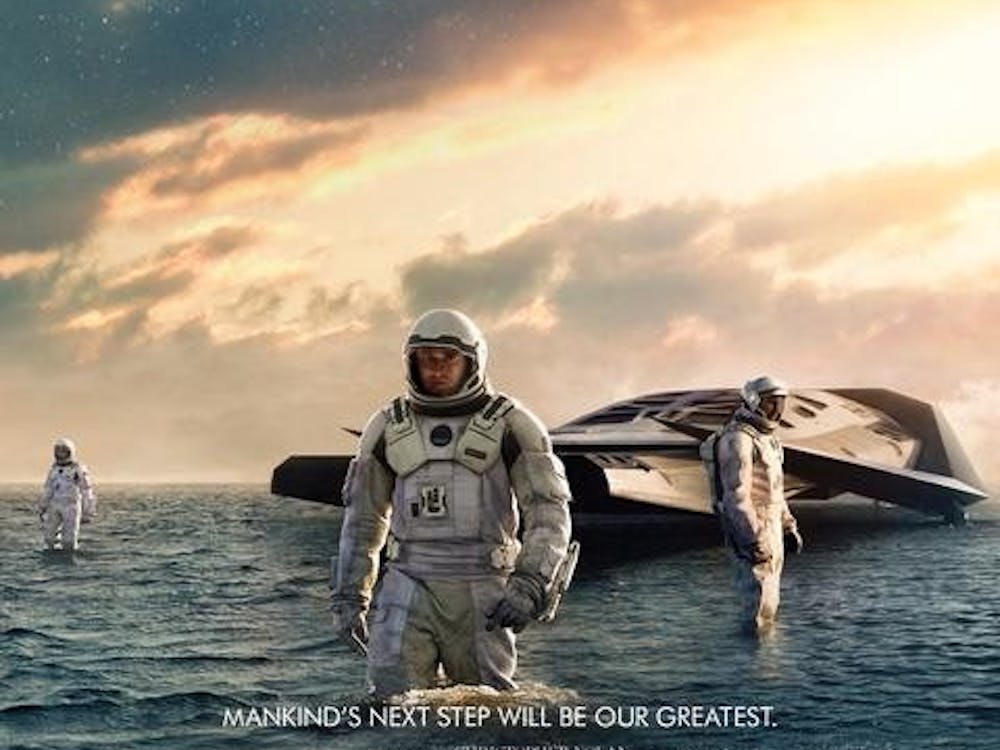How would you feel if you knew what you were doing was futile? Those are the shoes that Halo: Reach, the newest installment of the popular video game franchise, puts you in. Halo: Reach takes place before the events of the first game as the Covenant alien race launches a major attack on the human's main military center and colony Planet Reach, after having eliminated virtually all of humanity's other colonies. Fans know that Reach also ultimately falls to the Covenant, and this tragedy is the plotline's best turn. To be honest, if you asked me to tell you the story of the other Halo games, there's barely enough substance for a couple sentences. With Reach, however, the story is dark, tragic and emotionally investing. Like the Southern Confederate forces fighting against General Sherman in Georgia and the Germans attempting to stop the Allies during the Battle of the Bulge, your forces in Reach are doomed, but that doesn't mean you can't put up a fight.
Halo: Reach, from well-known developer Bungie, is said to be the studio's final installment in the series, as its developers have said they want to move on to other projects. And given the exponentially increasing popularity and quality in the Halo titles, this final chapter certainly must reach a high standard. Does it live up to the hype? Does Bungie end this series on a high note? Yes, and yes. Halo: Reach is the culmination of the best qualities of the series' games thus far, proving that Bungie has given the series thoughtful consideration during its nine-year history and is willing to go above and beyond during the series' final hour.
Forget Master Chief. Enter Noble Six, part of the squad of "Spartan" soldiers known as Noble Team, making their last stand on the Earth-like planet Reach. The key word is "team." The gameplay deviates from previous installments by focusing more on team-based combat. This forces players to make greater use of strategy - rather than hiding and shooting from a limited area, players can move much more and flank the enemy while the rest of the Noble Team distracts them upfront. The gameplay also is a lot more varied in terms of missions, objectives and environments. From finding information to evacuating citizens - and of course the vehicles - there is rarely a feeling of redundancy or tediousness. That being said, this still feels like any other Halo game, with similar mechanics; in the end, you're just going from place to place killing enemies. But for me, that point is subtle, as Bungie has refined and perfected a system that was already remarkable from day one.
Reality check. Loads of folks will neglect the single-player campaign entirely and head into multiplayer, and with good reason. Halo's multiplayer has been extremely popular, and Bungie has embraced the "if it ain't broke, don't fix it" attitude. All the favorite modes are present: Team Deathmatch, Capture the Flag and Firefight. There are new weapons, some more likeable than others, as well as armor. Present in single and multiplayer, these armor abilities are most useful in the latter, and the best tool is the jetpack. These provide more strategy and variety in an already extensive multiplayer system. Custom game settings, custom weapon sets and the inclusion of Forge, which allows players to tap into their creative side and customize some maps, are all welcomed. A credit system distributes points for winning games and accomplishing various tasks, and players can trade in these points for different armor, for example. My only complaint is that there is a smaller number of maps to choose from, so you might find yourself craving for visual variety sooner than expected.
The music in this game is engrossing, setting the tone and matching the story flawlessly. Bungie also delivers on graphics this time around, with beautiful open areas and engaging firefight visuals.
There is more than enough to experience, as this game is sure to keep you away from work for a long time. Your weekend nights, your reading days are all reserved; Halo: Reach has landed.






